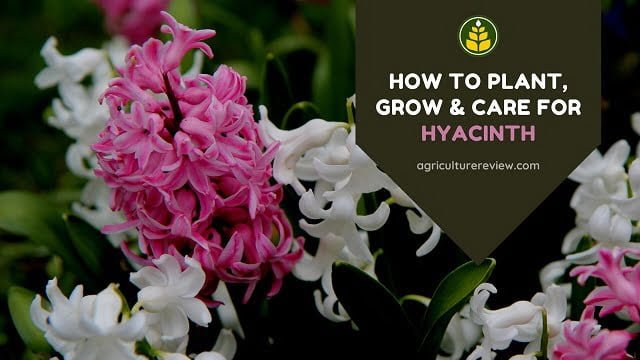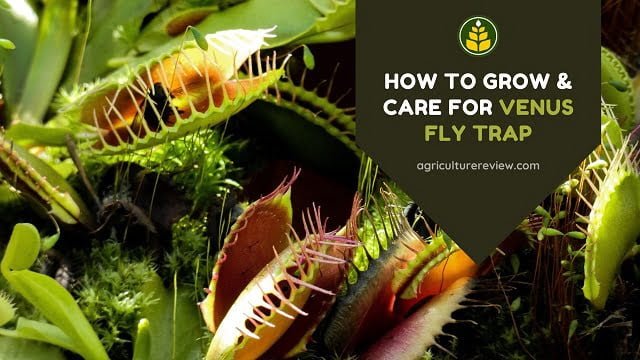Do you want to learn how to grow cosmos? If yes, then you are on the right page. Learn from sowing of seeds to caring for your cosmos plant on Agriculture Review. If you are thinking bout adding colours to your garden then cosmos is one of the best choice for you!
Especially during winters in tropical regions, many gardeners love to grow this alluring flowering plant garden. Moreover, even if you are growing plants for the first time, then too you will be able to grow cosmos very easily.
Table of Contents
Introduction
Cosmos are herbaceous plant that are both annual and perennial depending on the cultivar and climate. Flowers of cosmos can attract beautiful butterflies and bees in your garden.
However, the flowering season differs from temperate or hilly regions to tropical regions. In temperate regions cosmos flower blooms from spring to fall while in tropical regions like India, flower blooms in winter season.
But, few varieties of cosmos can also grow in summer season in tropical regions. Therefore, if you are purchasing the seed then make sure about the growing season of the purchased variety.
How to grow Cosmos?
Growing cosmos is very easy. You can either purchase seedlings or seeds from the market to grow cosmos. To germinate the seeds and grow the plant very well you will need to know about growing season, potting mix, pot size, and propagation methods.
And in this article I am going to tell you everything that you need to know about cosmos plant. Keep reading till the end and do not miss any point!
Growing Season
You can grow cosmos plant in plant hardiness zones 2 to 11. Sowing time varies, it depends on the season, variety, and the place where you are living. If you are in temperate region or hilly region then you can sow seeds in spring season.
But, if you are in tropical regions then sowing time is late summer season. Here you can grow them from September to March.
Potting Mix
Cosmos plant loves well drained, light soil with average fertility. Too much of nutrients in the soil can encourage foliar growth. This can result in less flowering. Soil pH of 6.0 to 6.8 is considered good for growing cosmos.
If you have clayey soil then prepare potting mix with 50% clayey soil + 30% river sand + 20% organic compost. But, if have sandy loam or loamy soil then prepare potting mix with 80% normal garden soil + 20% organic compost.
Loamy soil is considered good for growing cosmos plant.
Selection of Pot
You can select 6 to 10 inch sized pots for growing this plant. But make sure that your pot has at least 2 to 4 drainage holes at the bottom to remove excess water from the pot. Earthen pots, cemented pots, or plastic pots, all are fit for growing cosmos.
Propagation
You can easily propagate cosmos from seeds. Purchase high quality dwarf variety seeds from the nearest plant nursery or online stores. Check sowing time of the seeds before purchasing.
You can directly sow the seeds in cocopeat media or you can sow them in a container filled with the desired potting mix. Sow seeds 1/4 inch deep and gently cover it with cocopeat or potting mix. Make sure to have an inch gap between two seeds.
Apply water gently in the pot and keep the germination pot in shade. Keep maintaining the moisture in the pot regularly but do not over water. You will notice the growth of seedlings within a week. After 20 to 25 days you can start transplanting your seedlings.
Transplantation
Whether you have purchased seedlings from the plant nursery or you have germinated yourself, you can follow these words to transplant your plant.
Take the desired pot and fill it with the potting mix. Make a hole in the centre with thumb and carefully transplant your plant without damaging the roots. Apply water gently after transplanting and keep the pot under semi shade for 5 days.
Once your plant gets well established then you can move your pot under direct sunlight.
Cosmos Plant Care
As cosmos is a hardy plant so it doesn’t requires much care but knowing about few important will definitely help you. Knowledge about plant sunlight, fertilizers, and watering requirements helps to care for the plants efficiently.
You have to also take care of pest and diseases to save your plants from damage.
Sunlight
Cosmos plant loves bright direct sunlight. Place your pot in the region where it can receive at least 4 to 6 hours of direct sunlight daily. Although cosmos plant can also perform well in partial shade sunlight.
Watering
This beautiful flowering plant requires moderate watering and can also tolerate draught conditions like marigold. But, over watering can damage this plant.
Therefore, I recommend to water this plant only when the top layer of the soil becomes dry. Also take care of the proper drainage in the pot. Soggy or waterlogged soil can damage your plants.
Fertilizers
Do not ever feed your cosmos plant with inorganic or nitrogen rich fertilizers as this can reduce the flowering intensity. After 20 to 30 days of transplantation you can feed your plant with banana peel fertilizers once after every 20 days.
Along with banana peel you should use any soil fungicide to prevent fungal diseases in the plant. If you do not have banana peel fertilizer, then you can use waste decomposer or any organic compost.
Pest & Diseases
Cosmos plant can get affected by aphids, gray mould, powdery mildew, and stem canker. As a preventive measure you can use a spray a mix of crushed garlic and chilli in one litres of water. You can spray this solution during late evenings or early mornings once in a month.
But if your plant is already infected with these pest and diseases then check out the article links given below!
READ MORE: LEARN TO CONTROL APHIDS IN PLANTS
READ MORE: EFFECTIVE WAYS TO DEAL WITH POWDERY MILDEW
Pruning
Keep pruning the dead branches and dying flowers to maintain plant hygiene. This will help to reduce the chances of pest and disease attack and it will increase flowering in the plant.
Author’s Note
Thanks for reading till here. I wish you all the best for growing cosmos plant. You can check out other beneficial articles published on Agriculture Review. If you have any queries regarding home gardening then you can comment below.
You can also connect with Agriculture Review on Facebook, Pinterest, and Instagram.





